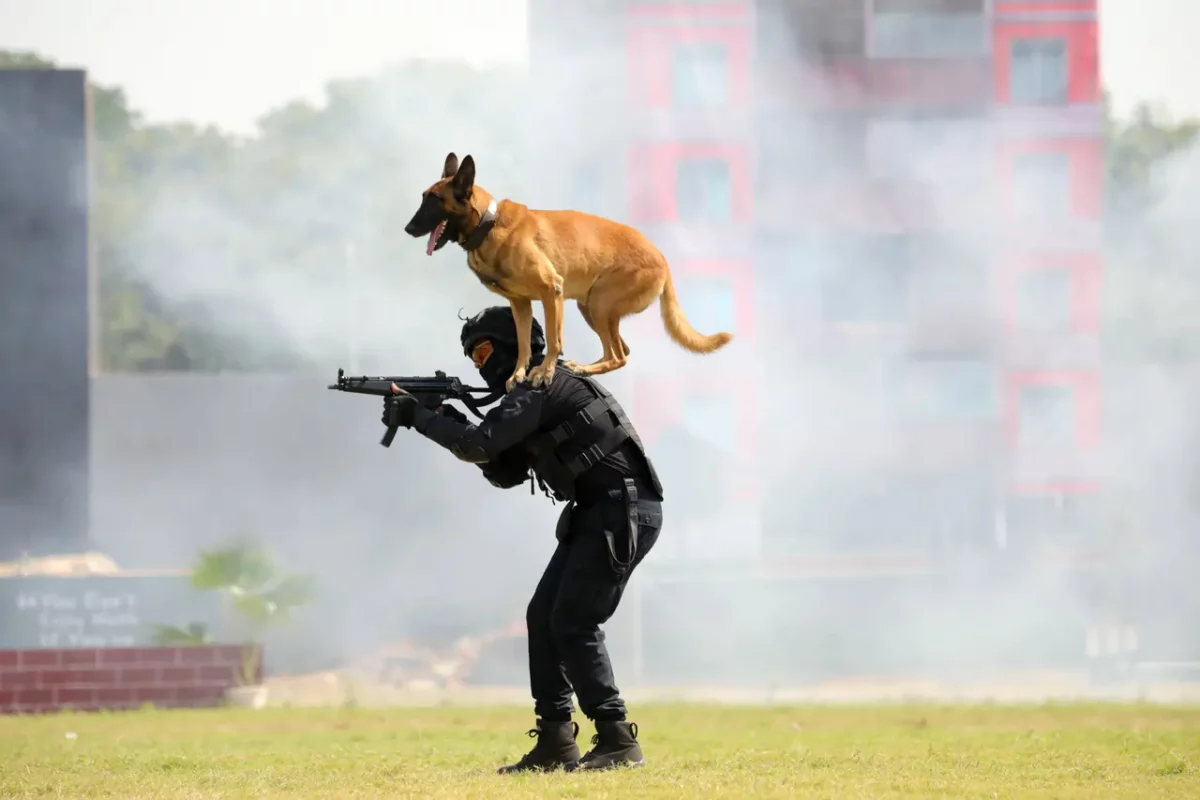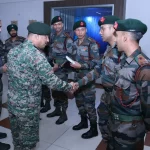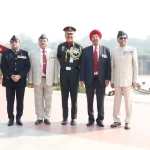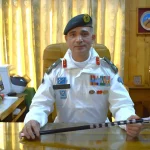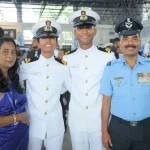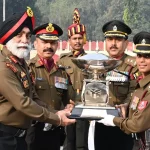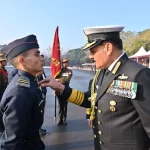The National Security Guard (NSG), India’s premier counter-terrorism force, commemorated its 41st Raising Day today with a series of meticulously executed operational demonstrations at its garrison in Manesar. The event underscored the elite unit’s unwavering commitment to national security amid evolving threats, drawing high-level dignitaries and highlighting advancements in training and infrastructure.
Established in 1984 following the tragic assassination of Prime Minister Indira Gandhi and the subsequent Operation Blue Star at the Golden Temple, the NSG was conceived as a federal contingency force to neutralize terrorist activities with precision and efficiency. Over the past four decades, the force has evolved into a symbol of tactical excellence, drawing personnel from the Indian Army, Central Armed Police Forces, and State Police organizations. Its mandate encompasses counter-terrorism, counter-hijacking, hostage rescue, and protection of vital installations, often operating under the most demanding conditions.
The Raising Day celebrations commenced with a ceremonial parade, followed by live demonstrations of NSG commandos’ specialized skills. Spectators witnessed simulated scenarios involving close-quarters battle, bomb disposal, and rapid intervention tactics, showcasing the force’s integration of advanced weaponry, surveillance technology, and physical prowess. These displays not only highlighted the commandos’ rigorous training regimens but also their ability to adapt to modern asymmetric warfare challenges.
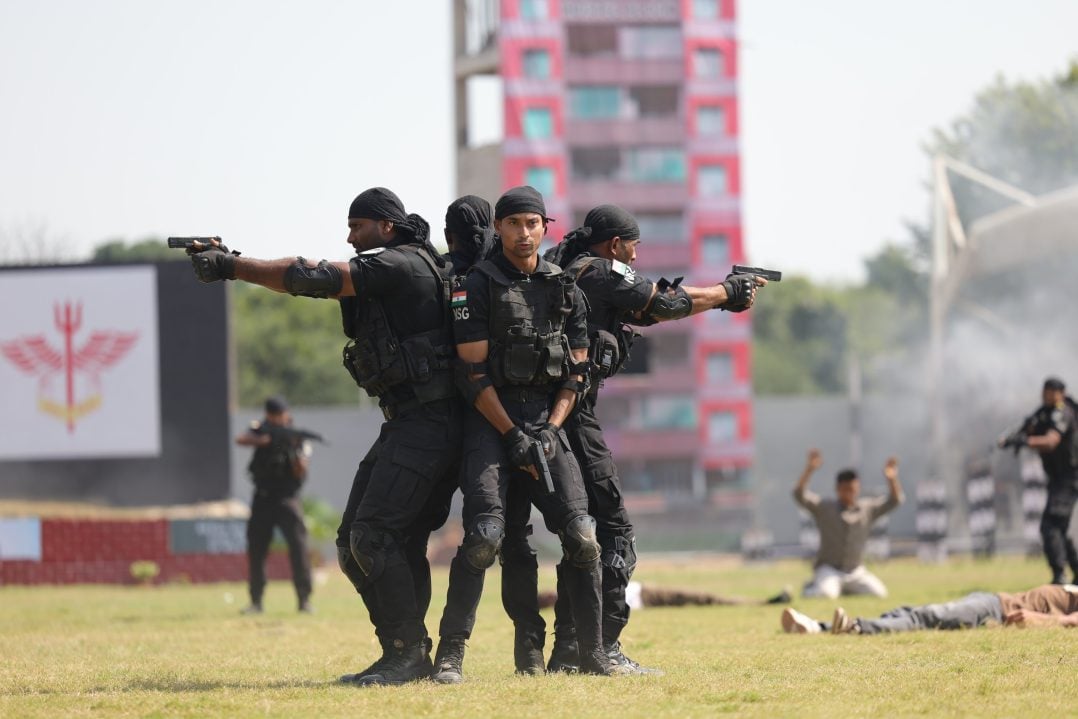
Union Home Minister Amit Shah graced the occasion as the chief guest, delivering an address that paid tribute to the NSG’s contributions. “The National Security Guard has been fighting a formidable battle against terrorism for the past four decades,” Shah remarked, emphasizing the demonstrations as a reassurance of the nation’s robust defense mechanisms. He further elaborated on the government’s zero-tolerance policy toward terrorism, citing recent amendments to the Unlawful Activities (Prevention) Act (UAPA) that have strengthened investigative powers and curtailed terror financing networks.
In a significant development, Shah inaugurated the Special Operations Training Centre (SOTC) at Manesar, a state-of-the-art facility costing Rs 141 crore. This center will serve not only NSG personnel but also commandos from state police forces, fostering collaborative training in urban warfare, explosive ordnance disposal, and cyber-threat mitigation. The initiative aligns with the government’s broader strategy to enhance inter-agency coordination and capacity-building across law enforcement.
Adding to the force’s operational footprint, Shah announced the establishment of a new NSG hub in Ayodhya, Uttar Pradesh, marking the seventh such regional center nationwide. This expansion aims to bolster rapid response capabilities in sensitive areas, ensuring swift deployment against potential threats. The hubs, strategically located in cities like Mumbai, Chennai, and Kolkata, have proven instrumental in past operations, including the 2008 Mumbai attacks where NSG commandos neutralized the perpetrators in a grueling 60-hour siege.
The event also featured interactions with NSG families and veterans, recognizing the sacrifices of those who serve in anonymity. Over the years, the force has conducted numerous high-stakes missions, from the 2016 Pathankot airbase assault to ongoing vigilance against cross-border terrorism. Despite its successes, the NSG continues to invest in modernization, incorporating artificial intelligence-driven analytics and drone surveillance to stay ahead of adversaries.
As the nation reflects on 41 years of the NSG’s service, the Raising Day serves as a poignant reminder of the vigilance required in an era of persistent security challenges. With its motto “Sarvatra Sarvottam Suraksha” (All-Around Perfect Security), the force remains a cornerstone of India’s internal defence architecture, poised to safeguard the republic’s sovereignty for decades to come.

